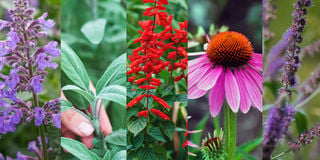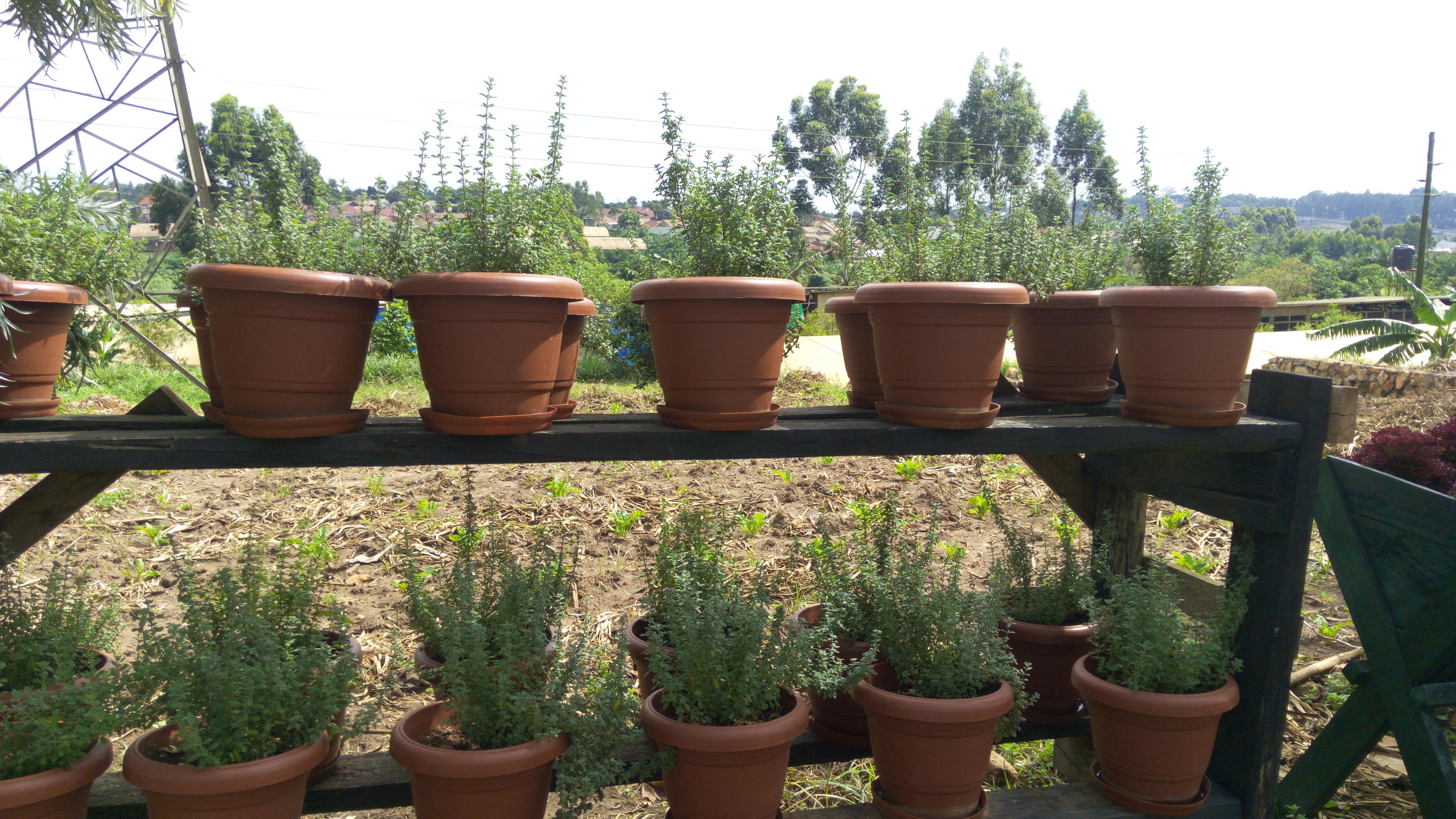Guide to drought-tolerant plants

LET-RIGHT: Catmint, Salvia, Russian Sage, Coneflower and Lavender.
What you need to know:
While every new plant requires regular watering initially, drought-tolerant plants can thrive in dry conditions with minimal irrigation once established.
As we endure a prolonged dry spell, the visible impact on our once-vibrant gardens is evident as plants struggle or wilt under harsh conditions. If this climate trend persists, now might be the ideal moment to consider integrating drought-tolerant plants into our gardens.
Drought tolerance refers to a plant’s ability to survive periods of limited rainfall, while drought resistance indicates plants that can endure extended periods without water altogether. These plants do not require excessive watering beyond what their natural environment typically provides. Contrary to a common misconception that drought-tolerant plants are limited to succulents or desert-adapted species, a wide range of species from various ecosystems exhibit drought tolerance. They include ornamental grasses, perennial flowers, dense shrubs, and trees, among others, each offering diverse appearances and characteristics.
These plants are well-suited for different environmental settings, ranging from grasslands to woodlands and coastal dunes. By selecting drought-tolerant species, gardeners can maintain attractive landscapes while conserving water resources and adapting to changing climate conditions effectively.
Drought-tolerant plants have developed a range of adaptations enabling them to thrive in environments where water is scarce such as:
Thick and waxy leaves and stems
Plants like sedum (stonecrop) and succulents have thick, waxy coatings on their leaves and stems. These adaptations help trap moisture and reflect sunlight. Ceanothus, for example, exemplifies this feature
Small or thin leaves
Some plants, such as Santolina from Mediterranean regions, have small or thin leaves. This minimises the surface area through which water evaporates, helping them conserve moisture.
Silvery hairs on leaves
Many Artemisia species are covered in small, silvery hairs that shade the leaves and reduce exposure to hot air. This adaptation is particularly beneficial in arid climates and makes these plants valuable habitat choices .
Waxy coatings
Certain plants, such as Agave parryi and other succulents, have silvery foliage or a waxy coating that reflects heat away. This feature helps them maintain cooler leaf temperatures and conserve water in hot environments.
Early leaf shedding
Plants such as buckeye and valley oaks shed their leaves early in the season. This strategy conserves their limited resources during hot and dry summers, ensuring their survival through prolonged droughts.
Deep root systems
Species such as Panicum virgatum, commonly known as switchgrass possess extensive and deep root systems. These roots enable them to access moisture deep underground, providing a crucial advantage during extended dry spells.
Should I irrigate?
While every new plant requires regular watering initially, drought-tolerant plants can thrive in dry conditions with minimal irrigation once established. This quality makes drought-tolerant plants, especially native species, focal points in many xeriscape designs.
Choosing drought-tolerant species is crucial, but equally important is employing a water-efficient irrigation system. Drip irrigation, which minimises water loss due to evaporation or wind, is highly recommended for most garden areas, excluding lawns where spray irrigation is more suitable. Regularly inspect your irrigation setup to prevent water loss from leaks.
Applying mulch around garden beds helps landscapes endure drought periods by reducing runoff and limiting water loss through evaporation.
Popular drought-tolerant plants
Aside from plants declared as drought tolerant, a large majority of landscape plants, once established, are relatively drought tolerant. The following gardening practices will help plants achieve drought-tolerant status or at the very least thrive on less water:
Installing drip or soaker hose irrigation systems
Using organic mulch on top of the ground where plants are growing
Controlling water-robbing weeds adjacent to landscape plants.
Using organic materials and water-holding polymers at the time of planting.
Succulents
Such as Agave, Aloe, and Sedum (Stonecrop). These plants store water in their fleshy leaves and stems, making them highly resilient to drought.
Lavender
Known for its fragrant blooms and silvery foliage, lavender is well-suited to dry climates and thrives in well-drained soil.
Sage
Many varieties of sage are drought-tolerant, offering aromatic foliage and spikes of colourful flowers that attract bees and butterflies. This perennial features aromatic foliage and tall spires of lavender-blue flowers, ideal for xeriscape gardens.
Yarrow
With its fern-like foliage and clusters of colorful flowers, yarrow is drought-tolerant once established and attracts pollinators.
Penstemon
These perennial flowers come in various colors and are known for their ability to thrive in dry conditions, attracting hummingbirds with their tubular blooms.
Coneflower
Drought-tolerant and beloved for its daisy-like flowers, echinacea adds vibrant color to gardens while requiring minimal water.
Oleander
This evergreen shrub is drought-tolerant once established and produces showy, fragrant flowers in summer.
Care
When watering drought-tolerant plants, particularly young ones, water infrequently but deeply. Frequent watering encourages shallow root growth, which is inadequate for withstanding dry conditions. Deep watering prompts roots to grow deeper, enabling plants to access moisture more effectively during surface dry spells.




